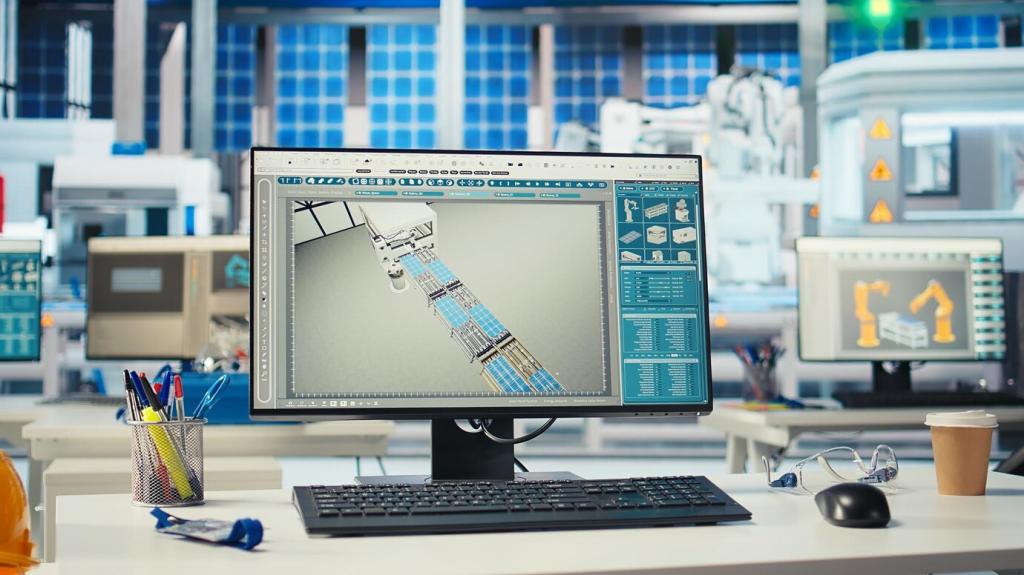Designing Tomorrow: Eco-Friendly Packaging Design
Chosen Theme: Eco-Friendly Packaging Design. Step into a world where materials, messages, and mindful decisions turn every box, label, and seal into an invitation to care for the planet—and to fall in love with your product’s story.

From Waste to Worth: The Carbon Story
Packaging drives a meaningful share of product lifecycle emissions, especially through material extraction, transport, and disposal. When we reduce weight, choose recycled content, and design for recovery, we cut carbon, protect resources, and keep valuable materials circulating longer.
A Brand’s Silent Promise
Every package communicates values without saying a word. Thoughtful, eco-friendly packaging tells customers you care, increasing trust, loyalty, and word-of-mouth. It can transform an unboxing moment into proof that sustainability and beauty belong at the same table.
Materials That Respect the Planet
High-recycled-content paper and certified virgin fibers reduce pressure on forests while keeping print quality crisp. Pair with water-based inks and minimal coatings to retain recyclability, and right-size board grades to prevent overengineering that adds cost and unnecessary weight.
Design for Circularity
Using a single polymer or fiber in flexible packs and labels simplifies sorting and recycling. Replace mixed laminates with recyclable mono-structures, and avoid incompatible inks, metallic foils, or heavy adhesives that contaminate streams and downgrade valuable recovered material.
Case Study: A Tea Brand’s Green Makeover
They started with multilayer plastic pouches and oversized mailers. Product stayed fresh, but recyclability was poor, and shipping used more material than necessary. Customer feedback praised the tea, yet questioned the waste and asked for clearer disposal guidance.
Case Study: A Tea Brand’s Green Makeover
We introduced a paper-based pouch with a plant-derived barrier, a recyclable paper label, and a right-sized mailer. A simple tear notch replaced complex zippers, and a QR code explained material choices, brewing tips, and how to recycle or compost locally.




Cost, Sourcing, and Scalability Without Greenwashing
Lightweighting trims freight, right-sizing shrinks DIM weight, and fewer components reduce assembly time. Savings accumulate quietly across operations, offsetting premium materials while improving customer satisfaction and lowering waste management fees in surprisingly significant, measurable ways.
Cost, Sourcing, and Scalability Without Greenwashing
Ask for chain-of-custody documentation, recycled-content verification, and third-party certifications. Pilot small runs, check color and barrier consistency, and audit facilities. Good partners welcome questions, share test data, and collaborate on improvements rather than hiding behind vague claims.

